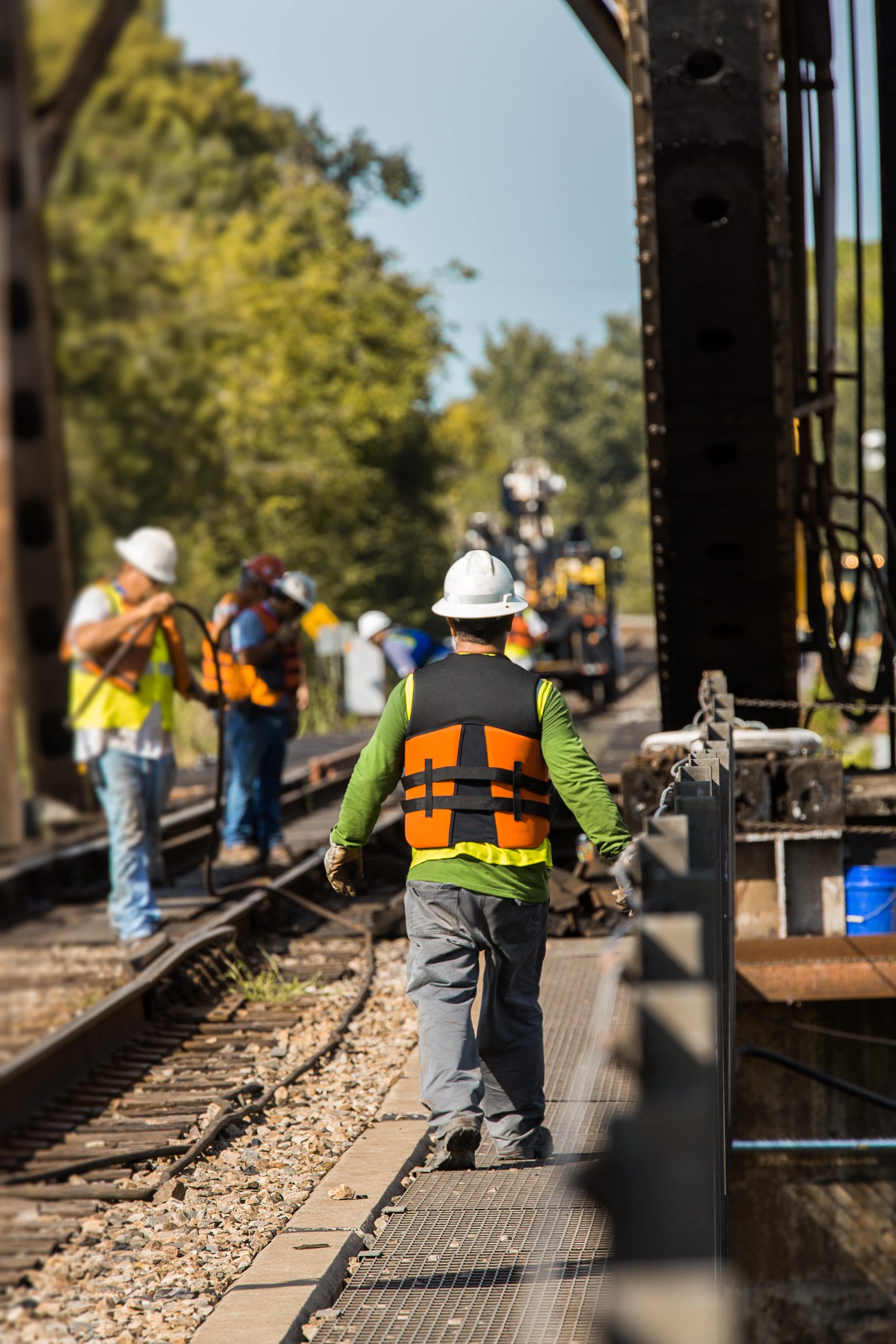Understanding the Railroad Cancer Settlement
Railroad workers face various hazards in their everyday operations, including exposure to hazardous compounds that might add to severe health conditions, most especially cancer. Acknowledging the special challenges these workers come across, different legal efforts and settlements have emerged to support those affected. This article checks out the Railroad Cancer Settlement, detailing its significance, the procedure included, regularly asked questions, and more.
What is the Railroad Cancer Settlement?
The Railroad Cancer Settlement refers to numerous legal contracts created to supply settlement to railroad staff members or their households who have developed particular kinds of cancer due to occupational exposure to carcinogenic compounds. Common direct exposures include:
- Asbestos: Found in older railroad equipment and structures, asbestos exposure is connected to lung cancer and mesothelioma.
- Benzene: Used in fuels and solvents, long-lasting exposure can increase the risk of leukemia.
- Diesel Exhaust: Recognized as a possible human carcinogen, diesel fume exposure has been connected with lung and bladder cancers.
The settlement is frequently a result of settlements in between labor unions, legal agents, and railroad companies. It is developed not just to provide monetary settlement however also to recognize the real dangers that railroad workers endure.
Table 1: Common Cancer Types Associated with Railroad Employment
| Cancer Type | Associated Risk Factors |
|---|---|
| Lung Cancer | Asbestos, diesel exhaust |
| Numerous Myeloma | Benzene, other chemical direct exposures |
| Mesothelioma cancer | Asbestos |
| Bladder Cancer | Diesel exhaust, benzene |
| Leukemia | Benzene |
The Settlement Process
The process of pursuing a Railroad Cancer Settlement can be complex. Here's a general summary of how it normally works:
- Diagnosis: The worker gets a medical diagnosis of cancer that might be linked to occupational exposure.
- Documentation: Collect all pertinent medical and work records to develop a clear connection in between the diagnosis and work history.
- Legal Consultation: Seek a legal specialist experienced in railroad employee settlements. They will help determine the eligibility of the claim and encourage on the next actions.
- Official Claim: Submit a claim with supporting paperwork to the appropriate governing body or railroad company.
- Settlement: Engage in negotiations for a reasonable settlement amount based on the intensity of the health problem and exposure history.
- Settling the Case: If a satisfactory arrangement is reached, the parties will sign a settlement arrangement, settling the settlement procedure.
Table 2: Steps to File a Railroad Cancer Claim
| Action | Description |
|---|---|
| Diagnosis | Expert medical assessment |
| Documentation | Gathering medical and employment records |
| Legal Consultation | Consulting with a lawyer acquainted with railroad claims |
| Formal Claim | Suing with supporting documents |
| Negotiation | Go over settlement terms |
| Last Settlement | Signing of settlement contract |
Kinds Of Compensation Available
The settlement under the Railroad Cancer Settlement can cover numerous aspects, consisting of:
- Medical Expenses: Coverage of present and future medical expenses related to cancer treatment.
- Lost Wages: Reimbursement for wages lost due to the illness or inability to work.
- Discomfort and Suffering: Compensation for the physical and psychological distress brought on by the illness.
- Impairment Benefits: Financial support for long-term or permanent specials needs arising from cancer.
Table 3: Breakdown of Compensation Types
| Payment Type | Description |
|---|---|
| Medical Expenses | Costs connected to diagnosis and treatment |
| Lost Wages | Income lost during treatment or recovery |
| Pain and Suffering | Emotional and psychological distress |
| Disability Benefits | Ongoing financial backing for specials needs |
Regularly Asked Questions (FAQ)
1. Who is eligible for the Railroad Cancer Settlement?
Eligibility generally includes railroad workers who have actually been detected with particular types of cancer linked to office exposures. Their family members might also have claims in cases of wrongful death.
2. For how long does the settlement process take?
The period varies significantly depending upon the intricacy of the case, the thoroughness of paperwork, and the responsiveness of the rail business. Some cases may settle within months, while others can take years.
3. How much payment can a claimant anticipate?
Compensation amounts depend on several aspects, consisting of the seriousness of the cancer, the expense of treatment, and personal scenarios. Each case is unique, and a legal professional can offer customized estimates.
4. Can I pursue a case if my cancer was diagnosed years after leaving the railroad?
Yes, numerous cases are still eligible. However, statutes of limitations can differ, and it's important to talk to an attorney to comprehend appropriate due dates.
5. What should I do if my claim is denied?
If a claim is denied, the plaintiff deserves to appeal the choice. Railroad Cancer Lawyers with a legal expert can offer guidance on the needed actions.
The Railroad Cancer Settlement serves as an essential legal support group for workers exposed to dangerous products in their expert environments. It acknowledges the health dangers associated with these direct exposures and offers financial relief to those affected. By understanding the settlement procedure, the kinds of settlement readily available, and the eligibility requirements, railroad workers and their families can much better browse their claims and seek the justice they are worthy of.
For railroad workers facing this truth, taking proactive actions can lead to the assistance and payment crucial for dealing with the profound impact of a cancer medical diagnosis. Engaging a skilled legal professional can greatly improve the likelihood of an effective claim.

